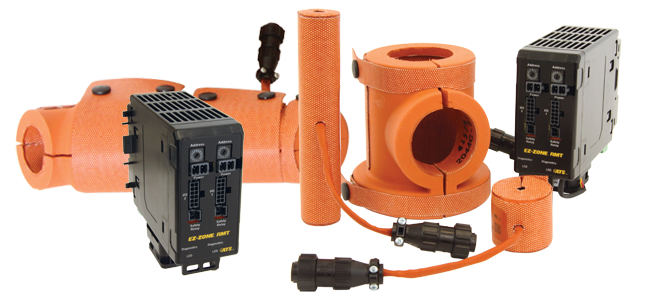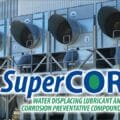~ How semiconductor manufacturing can benefit from adaptive thermal systems ~
Semiconductor tools with gas lines, fore lines and exhaust lines require precise heating and thermal process control. Traditional systems are complex and often fail to offer sufficient thermal data and heating control. Without optimal thermal performance, line shutdowns are inevitable and costly. Here, Eric Ellis, Principal Engineer at industrial technology company Watlow, explores how adaptive thermal systems (ATS) can prevent this and supports uniformity in gas line heating systems.
Semiconductor manufacturing needs to be a tightly controlled process, especially when it comes to thermal changes of materials and components. When the process is not properly controlled, small issues build until a shutdown is imminent, causing loss in time and revenue.
These issues tend to revolve around three limitations of traditional thermal systems. This includes thermal stability, lack of thermal data and the complexity of the system itself.
Lack of thermal data and precise control
The inability to track thermal data prevents manufacturers from maintaining the health of the thermal system. Even a brief fluctuation in temperature can create a phase shift, causing gases to condense around apertures and critical components of the heating system. It is precisely that condensation that leads to issues, further disrupting thermal stability and eventually causing more severe problems. Without a central system to collect and monitor thermal performance, traditional systems fail to provide precise control.
The semiconductor market goes through business cycles where supply struggles to meet demand. Consider the semiconductor chip shortage that turned the automotive industry upside down due to the COVID-19 pandemic. With real-world barriers to surmount during unprecedented times, the last thing a business needs to deal with is preventable operational shutdowns.
Thermal stability and complexity
To achieve the best fabrication results, process gas must be dispersed at the required flow rate and precise temperature. During gas flow and distribution, it is vital that thermal issues are minimized.
Engineers and designers are tasked with designing and maintaining thermal processes within semiconductor manufacturing. In traditional systems, this often means more sensors and controllers. Each gas line requires an independent controller, each of which must be carefully monitored to ensure the system functions properly. More devices mean more complexity, and often they do little to address the core issues of creating overall temperature uniformity.
Installation and maintenance of these varying components is also cumbersome. Maintaining them, and the maze of wires they create, can lead to costly and time-consuming maintenance for engineers.
The power of ATS
To address thermal data needs, ensure thermal uniformity and reduce the complexity of line systems, Watlow offers a solution with its STREAMLINE™ heating system. The heating system has three main components including an EZ-ZONE® RMT controller supported by ATS technology, silicone rubber heaters and lastly, a communications device.
ATS is a suite of technologies designed by Watlow to combine heating, sensing and control through a simpler system that is more responsive and efficient. It is the core of what makes the STREAMLINE heating system less complex and more efficient than traditional thermal systems. Not only does the technology allow for real-time data, but zones can also be highly configured while reducing the amount of space required.
STREAMLINE system uses ATS technology to reduce the system’s complexity. Because heating components can also act as sensors, the need for wires and extra components is massively reduced. Furthermore, the sensors can read the temperature at the surface of the gas lines, resulting in greater responsiveness to prevent line shutdowns and unnecessary waste.
A major benefit of the STREAMLINE system is the reduction in temperature variance, which can be halved with ATS technology. With quick responsiveness and precise temperature monitoring from a central controller, the STREAMLINE system provides significantly more data and control during the thermal process.
Without sufficient thermal data and heating control, semiconductor manufacturers face costly shutdowns that reduce output and increase waste. These headaches are solved with a technology suite that combines sensing and heating, providing real-time data with increased thermal responsiveness and improved temperature uniformity.

Watlow provides semiconductor development teams with innovative thermal systems that give equipment manufacturers a unique competitive advantage. To learn more about our solutions visit watlow.com








